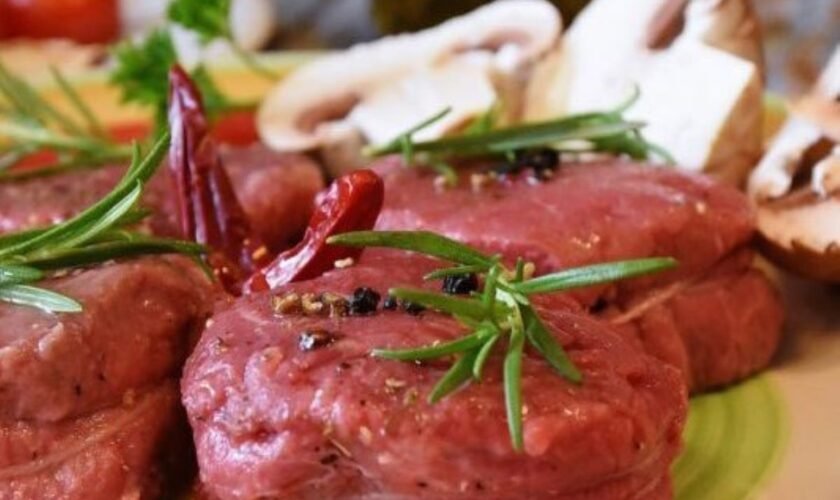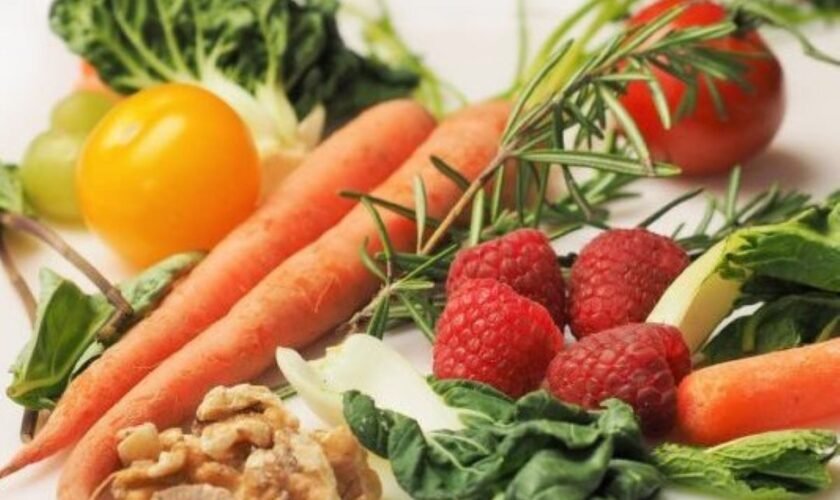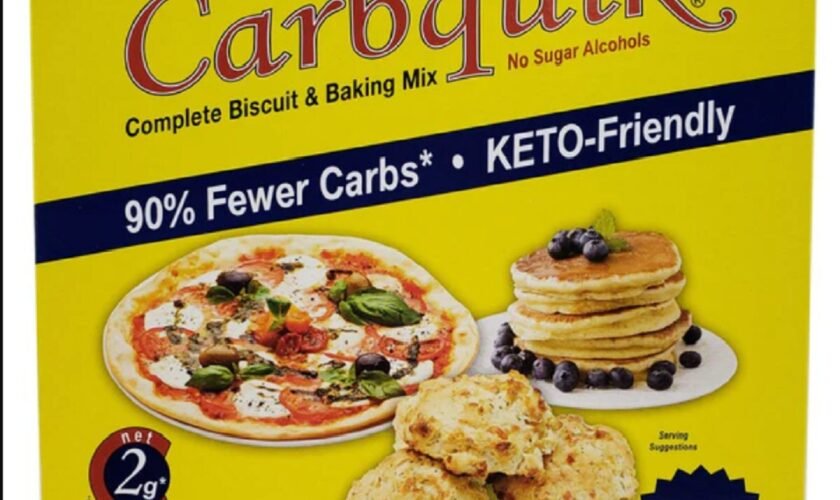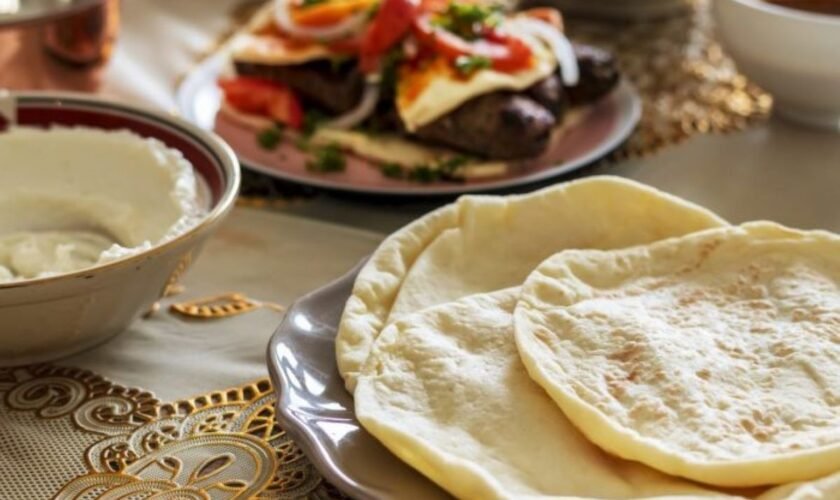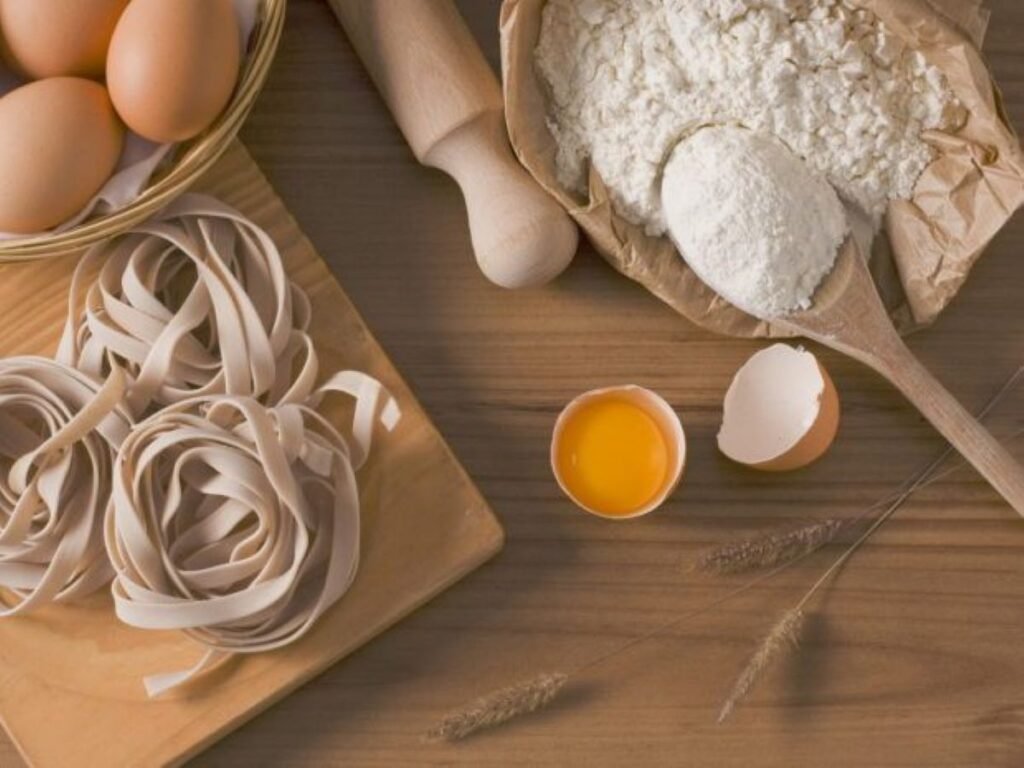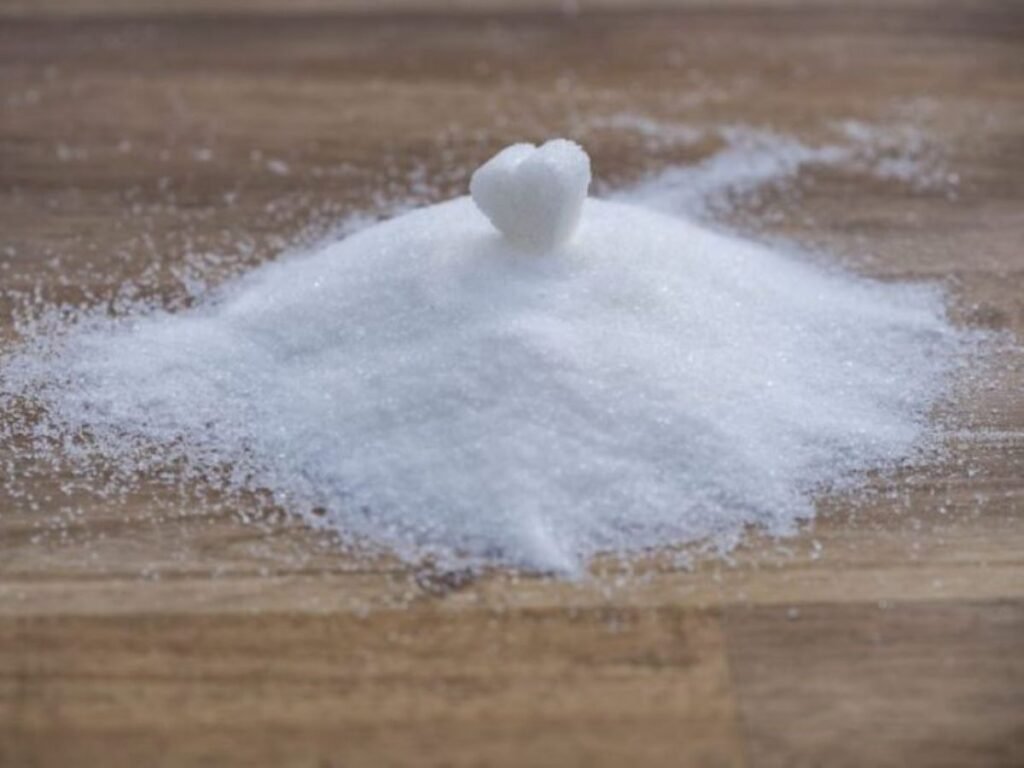Tag: low carb
I recently reviewed the Low Karb Keto Bread Mix, so this review will be specific to Low Karb’s low-carb Keto flour. As you may know by now, I follow a keto-ish lifestyle and, I […]
I have been baking low-carb bread ever since I started living the low-carb lifestyle. As described in my article on low-carb flour substitutes, there are a variety of options when it comes to low-carb baking. […]
In my weight loss journey, I have tried several diets and meal plans in my efforts to lose weight. Out of all the diets, I have tried, the only one that works and that […]
As long as we are eating the right kinds, food is the cure for much of what ails us health-wise. When it comes to losing weight, we might feel that eating less food will […]
If you’ve been following along with this blog, you know that I’ve been on all sorts of diets and eating plans to lose weight. Over time, I’ve learned that my body type responds most effectively […]
It’s been a minute since I’ve posted any recipes for this blog so today I’m going to discuss one of my favorite and versatile foods, the flatbread. There are many types of flatbread (also known […]


